Backyard Tomato Gardening: Grow Juicy, Delicious Tomatoes at Home!
Backyard tomato gardening has always held a special place in my heart. Remember those sun-drenched summer days spent helping my grandfather tend to his sprawling tomato plants? The aroma of ripe tomatoes, bursting with flavor, is a memory I cherish. That’s the magic I want to share with you today – the joy of growing your own delicious tomatoes right in your backyard.
For generations, home gardening has been a source of fresh, healthy food and a rewarding connection to nature. It’s a tradition that transcends cultures, connecting us to our roots and providing a sense of accomplishment. But let’s be honest, sometimes the process can feel overwhelming. That’s why I’ve compiled these Backyard Tomato Gardening tricks and DIY solutions – to make growing your own tomatoes easier and more enjoyable than ever before.
Why Grow Your Own Tomatoes?
Beyond the nostalgic charm, there are compelling reasons to embrace Backyard Tomato Gardening. Nothing beats the taste of a homegrown tomato, warm from the sun and bursting with flavor. Store-bought tomatoes often lack the depth and sweetness of those grown with love and care in your own backyard. Plus, you’ll have complete control over the growing process, ensuring your tomatoes are free from pesticides and other harmful chemicals.
This article is your guide to unlocking the secrets of successful backyard tomato gardening. We’ll cover everything from selecting the perfect tomato variety to dealing with common pests and diseases. Get ready to transform your backyard into a thriving tomato paradise, and experience the unparalleled satisfaction of harvesting your own juicy, delicious bounty!
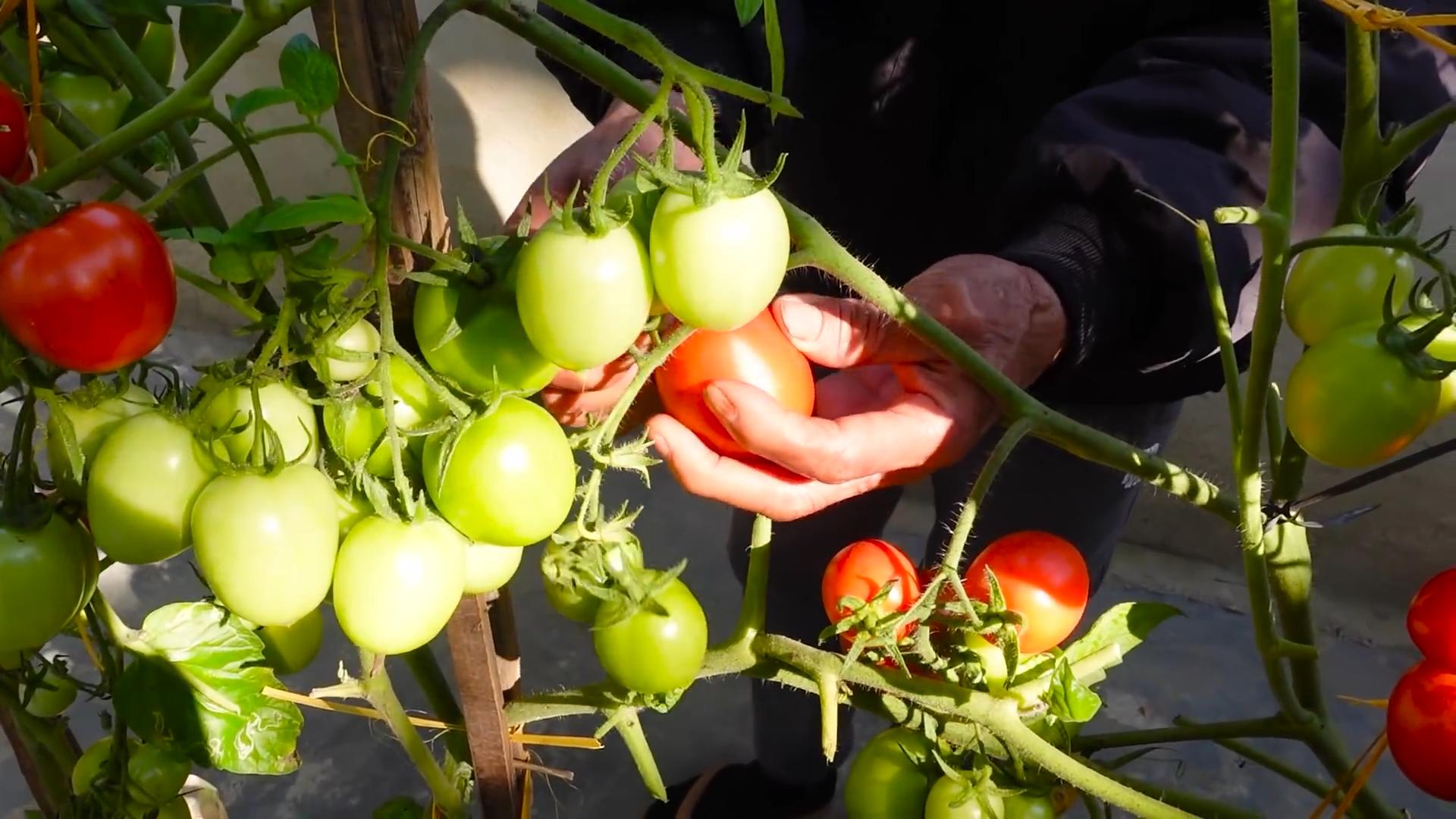
My Backyard Tomato Garden Adventure: A Complete Guide
I’ve always dreamed of biting into a juicy, sun-ripened tomato straight from my own garden. This year, I finally decided to make that dream a reality! This guide details my journey, from seed to delicious harvest. Follow along, and you’ll be enjoying homegrown tomatoes in no time.
Phase 1: Planning and Preparation
- Choose your tomato varieties: This is the fun part! Research different types – cherry, heirloom, beefsteak – and select varieties that suit your taste and growing conditions. Consider disease resistance and days to maturity. I chose three varieties: ‘Brandywine’ (heirloom), ‘Roma’ (paste), and ‘Sweet 100’ (cherry).
- Select a sunny spot: Tomatoes need at least six to eight hours of direct sunlight daily. Find the sunniest area in your backyard. Observe the sun’s path throughout the day to ensure optimal sunlight exposure.
- Prepare the soil: Healthy soil is crucial. I amended my existing soil with compost to improve drainage and fertility. A soil test can help determine if you need additional nutrients. Aim for a well-draining, slightly acidic soil (pH 6.0-6.8).
- Gather your supplies: You’ll need seeds or seedlings, gardening gloves, a trowel or shovel, watering can, stakes or cages for support (depending on the tomato variety), fertilizer (I used a balanced organic fertilizer), and mulch (straw or wood chips).
Phase 2: Starting from Seed (or Seedlings)
- Starting from seed (optional): If starting from seed, sow them indoors 6-8 weeks before the last expected frost. Use seed-starting mix and small pots or seed trays. Keep the soil moist but not soggy. I placed mine on a sunny windowsill.
- Hardening off seedlings: Once seedlings have several true leaves, gradually acclimate them to outdoor conditions. Start by placing them outside for a few hours each day, gradually increasing the time over a week. This prevents shock when transplanting.
- Transplanting seedlings (or direct sowing): Once the danger of frost has passed, transplant your seedlings or direct sow your seeds into the prepared garden bed. Space plants according to the variety’s instructions (usually 18-36 inches apart). I planted my seedlings about 2 feet apart.
- Watering deeply: Water deeply after transplanting to help the roots settle. Avoid overhead watering, which can lead to fungal diseases. Water at the base of the plants.
Phase 3: Ongoing Care and Maintenance
- Watering consistently: Water regularly, especially during dry spells. The soil should be consistently moist but not waterlogged. A soaker hose or drip irrigation system can be very helpful.
- Fertilizing: Feed your plants every 2-3 weeks with a balanced fertilizer. Follow the instructions on the fertilizer package. I used a liquid organic fertilizer diluted according to the label.
- Staking or caging: Provide support for your tomato plants to prevent them from sprawling on the ground. Use stakes or cages, depending on the variety. I used cages for my indeterminate varieties (those that continue to grow throughout the season).
- Mulching: Apply a layer of mulch around the plants to help retain moisture, suppress weeds, and regulate soil temperature. I used straw mulch.
- Pruning (optional): For indeterminate varieties, you can prune suckers (small shoots that grow between the main stem and branches). This helps direct energy to fruit production. I pruned my plants regularly, removing suckers at their base.
- Pest and disease control: Regularly inspect your plants for pests and diseases. Address any issues promptly. I used organic pest control methods, such as introducing beneficial insects and using insecticidal soap.
- Monitoring growth: Keep a close eye on your plants’ growth. Adjust watering and fertilizing as needed. Note any signs of stress or disease.
Phase 4: Harvesting and Enjoying Your Tomatoes
- Harvesting: Harvest tomatoes when they are fully ripe and have their characteristic color. Gently twist or cut the tomatoes from the vine. Don’t pull them off forcefully.
- Storage: Store ripe tomatoes at room temperature for a few days. Refrigerate them if you need to store them longer, but their flavor might be slightly affected.
- Enjoying your harvest: Enjoy your homegrown tomatoes in salads, sandwiches, sauces, or simply eat them fresh off the vine! The taste is unparalleled.
Troubleshooting Tips:
- Blossom-end rot: This is caused by inconsistent watering. Ensure consistent moisture.
- Yellowing leaves: This can indicate nutrient deficiencies or overwatering. Adjust your watering and fertilizing practices.
- Pest infestations: Use organic pest control methods or consult your local garden center for advice.
Remember:
Patience is key! Tomato gardening takes time and effort, but the reward of fresh, delicious tomatoes is well worth it. Don’t be discouraged if you encounter challenges along the way. Learn from your experiences, and enjoy the process!
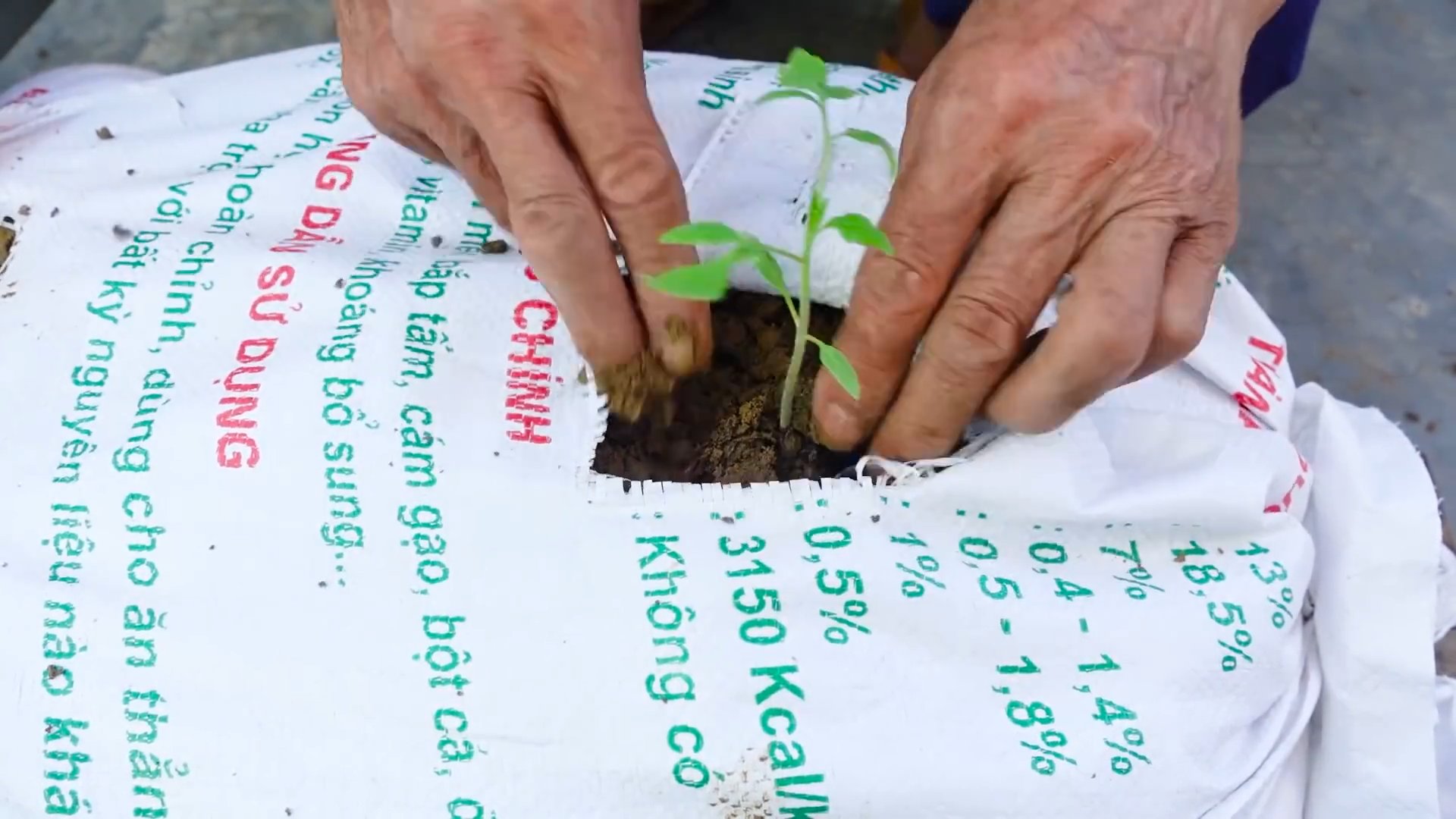
Conclusion
So there you have it! Our guide to achieving a bountiful backyard tomato harvest through simple, effective DIY techniques. This isn’t just about growing tomatoes; it’s about connecting with nature, enjoying the satisfaction of nurturing your own food, and savoring the unparalleled taste of homegrown produce. This DIY approach to backyard tomato gardening offers a rewarding experience that surpasses anything you can buy at the store. The cost savings alone are significant, but the real payoff lies in the superior flavor and the immense pride you’ll feel in harvesting your own juicy, sun-ripened tomatoes. From vibrant red slicers to sweet cherry tomatoes bursting with flavor, the possibilities are endless. This method empowers you to tailor your garden to your specific needs and preferences, ensuring a successful and enjoyable gardening experience. Don’t be intimidated by the prospect of growing your own tomatoes; this guide has proven that with a little planning and effort, anyone can achieve a thriving tomato patch.
Beyond the basic techniques outlined, there are numerous ways to personalize your backyard tomato gardening adventure. Experiment with different tomato varieties – heirloom tomatoes offer unique flavors and colors, while determinate varieties are perfect for canning. Consider companion planting, incorporating herbs like basil or oregano to deter pests and enhance the flavor of your tomatoes. You can also explore different growing methods, such as vertical gardening or using raised beds, to optimize space and yield in your backyard. For those with limited space, container gardening is a fantastic option, allowing you to grow tomatoes even on a balcony or patio. Remember to adapt the techniques to your specific climate and soil conditions for optimal results. The beauty of this DIY approach is its flexibility; you can adjust it to fit your individual circumstances and preferences.
We strongly encourage you to embark on this rewarding journey of backyard tomato gardening. Share your experiences with us! Post pictures of your thriving tomato plants and delicious harvests on social media using #BackyardTomatoGardening. We’d love to see your success stories and learn from your experiences. Let’s build a community of passionate gardeners, sharing tips, tricks, and the joy of growing our own food. This isn’t just about tomatoes; it’s about fostering a connection with nature, promoting sustainable living, and enjoying the fruits (and vegetables!) of your labor. Embrace the challenge, embrace the rewards, and embrace the deliciousness of homegrown tomatoes! Your taste buds (and your wallet) will thank you. Remember, the journey is as rewarding as the destination, so enjoy every step of the way, from planting the seeds to savoring the final bite. Happy gardening!
Frequently Asked Questions
What type of soil is best for growing tomatoes?
Tomatoes thrive in well-drained, fertile soil with a slightly acidic pH level between 6.0 and 6.8. Amend heavy clay soils with compost or other organic matter to improve drainage and aeration. Sandy soils may benefit from the addition of organic matter to retain moisture. Regular soil testing can help you determine the specific needs of your soil and ensure your tomatoes receive the optimal growing conditions. A soil test kit can be easily purchased at most garden centers.
How much sunlight do tomato plants need?
Tomatoes are sun-worshippers! They require at least six to eight hours of direct sunlight per day to produce a bountiful harvest. Choose a location in your backyard that receives ample sunlight throughout the day. If your backyard is shaded, consider using supplemental lighting or choosing a sunnier spot for your tomato plants. Insufficient sunlight can lead to poor fruit production and weak plant growth.
How often should I water my tomato plants?
Consistent watering is crucial for healthy tomato plants. Water deeply and less frequently, rather than shallowly and often. Aim to keep the soil consistently moist but not waterlogged. Overwatering can lead to root rot, while underwatering can stress the plants and reduce fruit production. The frequency of watering will depend on your climate, soil type, and the size of your plants. Observe the soil moisture level and adjust your watering schedule accordingly. Mulching around your plants can help retain soil moisture and reduce the frequency of watering.
What are some common tomato pests and diseases?
Several pests and diseases can affect tomato plants. Common pests include aphids, tomato hornworms, and whiteflies. Diseases include blight, early and late, and verticillium wilt. Regularly inspect your plants for signs of pests or diseases. Implementing preventative measures, such as crop rotation and proper sanitation, can help minimize the risk of infestations. Organic pest control methods, such as insecticidal soap or neem oil, can be effective in managing pest populations. For diseases, ensure good air circulation around your plants and avoid overhead watering to prevent fungal growth.
When is the best time to harvest tomatoes?
The optimal time to harvest tomatoes depends on the variety and your desired level of ripeness. Generally, tomatoes are ready for harvest when they are fully colored and slightly soft to the touch. Avoid harvesting tomatoes that are green or hard, as they will not ripen properly off the vine. For some varieties, a slight give when gently squeezed is a good indicator of ripeness. Harvesting at the right time ensures the best flavor and quality. Regularly check your plants for ripe tomatoes, as they ripen at different rates.
Can I grow tomatoes in containers?
Absolutely! Container gardening is a great option for growing tomatoes, especially for those with limited space. Choose large containers with adequate drainage holes. Use a high-quality potting mix that provides good drainage and aeration. Select compact or determinate tomato varieties that are suitable for container growing. Ensure your containers receive at least six to eight hours of direct sunlight per day. Regular watering and fertilization are essential for healthy growth in containers. Container-grown tomatoes may require more frequent watering than those planted in the ground.

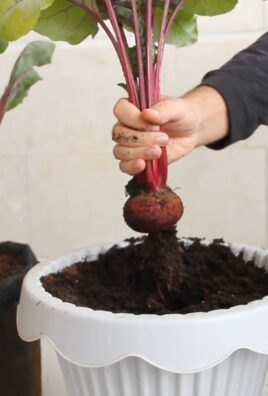
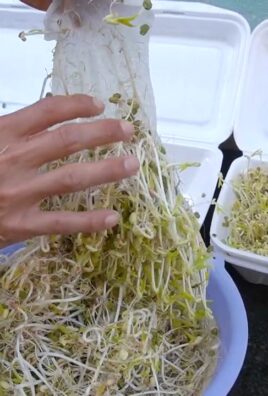
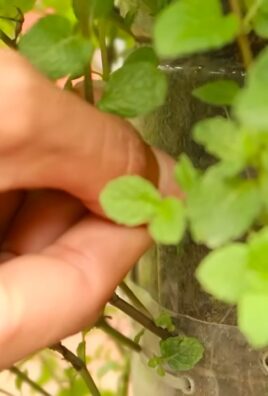
Leave a Comment